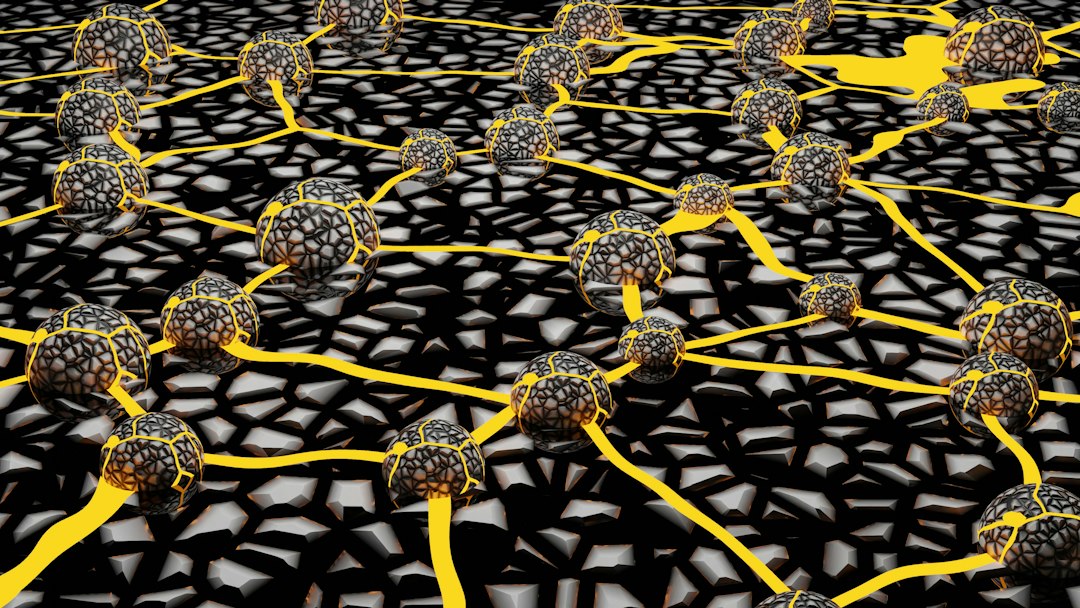Metaverse and Education: How Virtual Reality is Transforming Learning
Imagine being able to step into a virtual world where you can explore ancient civilizations, conduct experiments in a laboratory, or even travel to outer space – all from the comfort of your own home. This is the promise of the metaverse, a collective virtual shared space that is created by the convergence of physical and virtual reality.
As technology continues to advance, virtual reality (VR) is becoming increasingly accessible and affordable. This has opened up new possibilities for education, allowing students to engage with content in ways that were previously unimaginable. In this article, we will explore how the metaverse is transforming learning and the potential impact it could have on education.
The Rise of the Metaverse
The concept of the metaverse has been around for decades, popularized in science fiction literature and films. However, recent advancements in VR technology have brought us closer to realizing this vision.
Companies such as Facebook (now Meta), Microsoft, and Google have invested heavily in developing VR platforms and experiences. These platforms allow users to create and interact with digital environments, blurring the lines between the physical and virtual worlds.
One of the most exciting aspects of the metaverse is its potential to revolutionize education. By creating immersive learning experiences, educators can provide students with opportunities to learn in ways that were previously impossible.
Immersive Learning Experiences
Traditional education often relies on textbooks, lectures, and exams to convey information. While these methods have their merits, they can be limiting in terms of engaging students and making learning come alive.
In contrast, VR allows for immersive learning experiences that can transport students to different times and places. For example, history classes could take place in a digital recreation of ancient Rome, allowing students to explore the city and interact with historical figures.
Similarly, science classes could involve conducting experiments in a virtual laboratory without any risk involved. This hands-on approach to learning can help solidify concepts and make them more memorable for students.
Collaborative Learning Opportunities
Another benefit of the metaverse for education is its ability to facilitate collaborative learning experiences. In a virtual environment, students from around the world can come together to work on projects or solve problems in real-time.
This opens up new possibilities for cross-cultural exchange and collaboration, allowing students to gain insights from different perspectives. Additionally, it can help prepare them for working in globalized industries where remote collaboration is increasingly common.
Accessibility and Inclusivity
Virtual reality also has the potential to address issues of accessibility and inclusivity in education. For students who may have difficulty accessing traditional educational settings due to physical disabilities or geographical constraints, VR offers an alternative way to engage with content.
Additionally, VR can provide personalized learning experiences tailored to individual needs. For example, students with different learning styles or preferences could benefit from customized VR environments that cater to their unique strengths.
Challenges and Considerations
While the potential benefits of using VR in education are clear, there are also challenges that need to be addressed. One of the primary concerns is ensuring that VR experiences are designed with educational goals in mind.
This means creating content that aligns with curriculum standards and learning objectives while also being engaging and interactive. Additionally, there are ethical considerations related to data privacy and safety when using VR technology in educational settings.
The Future of Education in the Metaverse
As technology continues to evolve, it’s clear that VR will play an increasingly important role in education. The metaverse has the potential to transform traditional classroom settings into dynamic learning environments that engage students in new ways.
You can expect to see more educational institutions incorporating VR into their curriculum as it becomes more accessible. This shift could fundamentally change how you learn and interact with educational content.
Frequently Asked Questions (FAQs)
What hardware do I need for accessing the metaverse?
Are there any age restrictions for accessing virtual reality experiences?
How can educators integrate VR into their teaching practices?
In conclusion,
Using virtual reality technology has tremendous potential for transforming education through immersive learning experiences, collaborative opportunities, accessibility improvements,
and personalized learning environments.





 By
By
 By
By
 By
By
 By
By
